In September of 1519, Portuguese explorer Ferdinand Magellan departed from Spain with a crew of 270 men and five of the most advanced ships that Europe had ever seen. Under the direction of King Charles of Spain, Magellan was tasked with discovering a western route to the Spice Islands, an archipelago in Indonesia.
Three years later a single ship carrying 18 emaciated sailors was spotted near the Spanish port of Sanlucar de Barrameda. Upon returning home the men were forced to explain what had happened to the other ships, to the rest of the crew, and to Magellan himself.
The shocking story that they told would forever change the trajectory of history and the understanding of Earth itself.




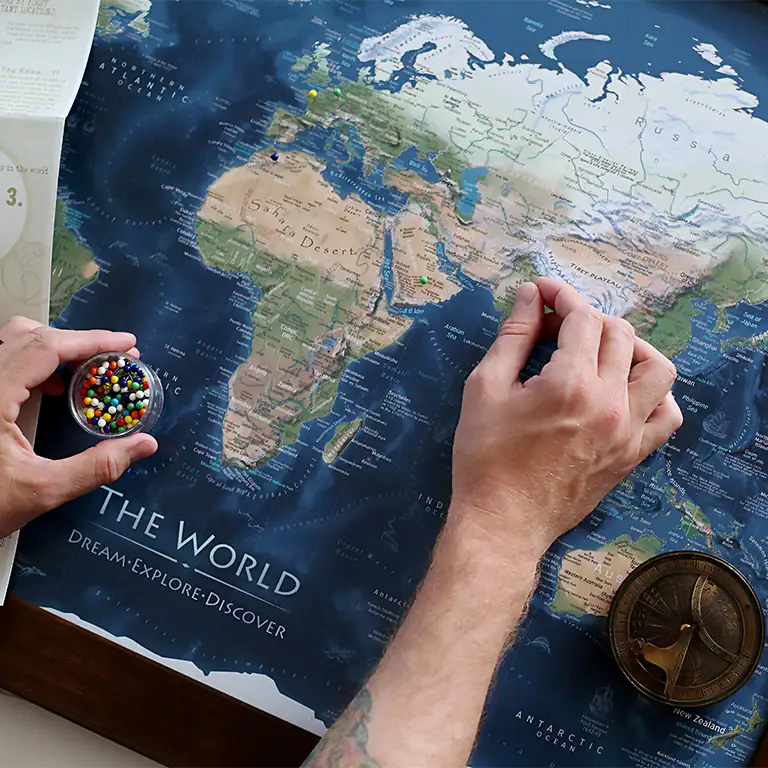
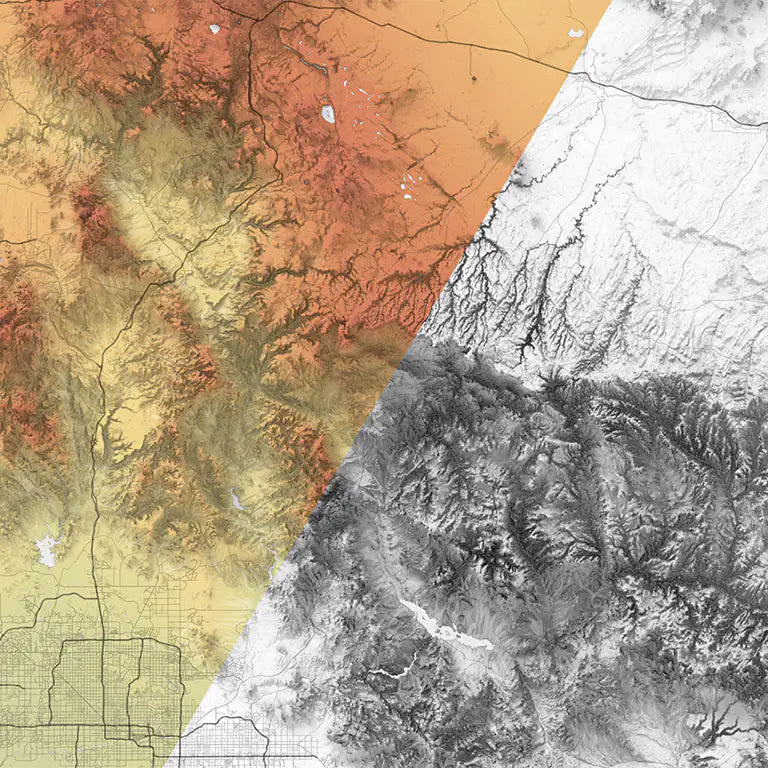
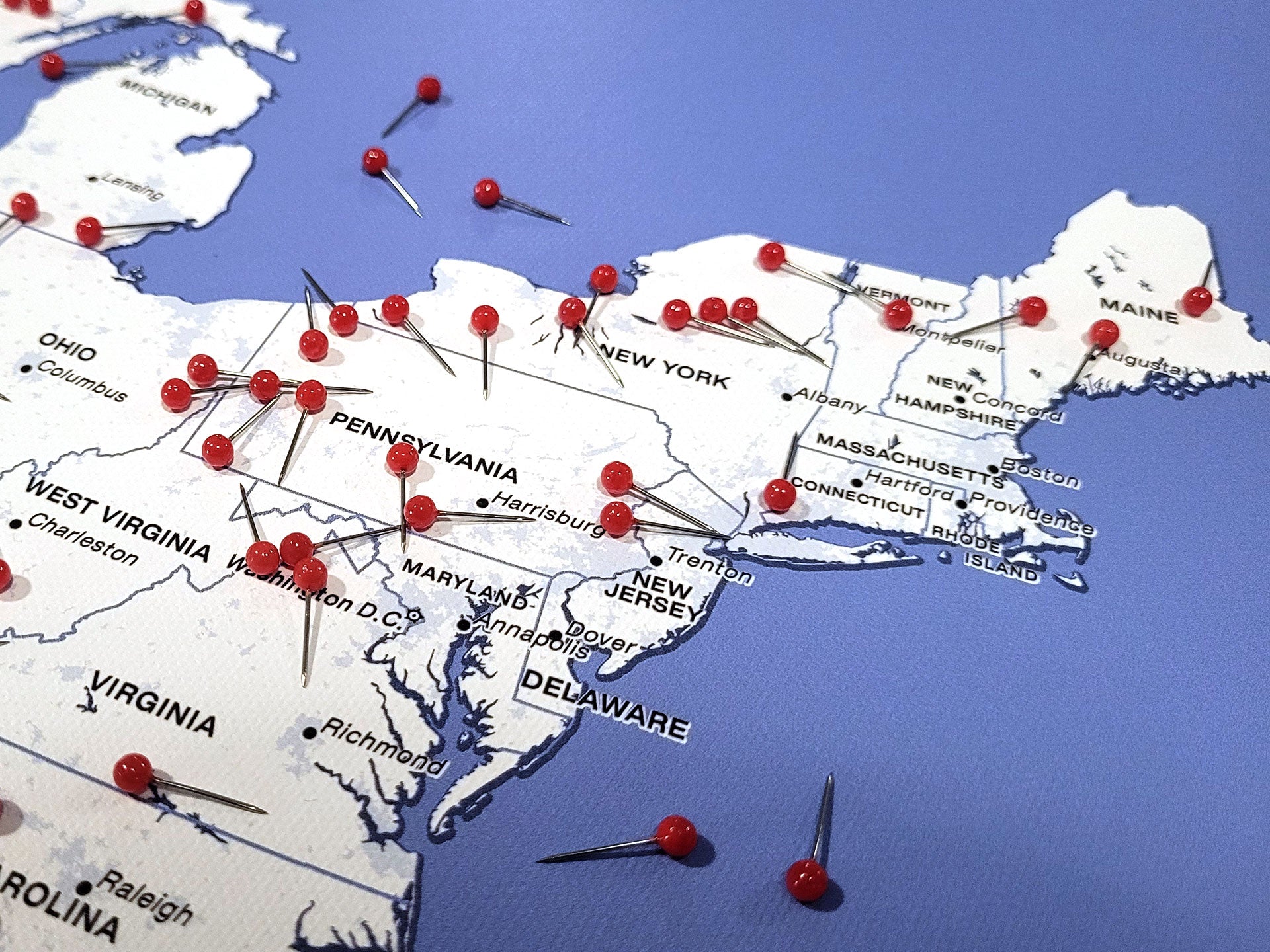

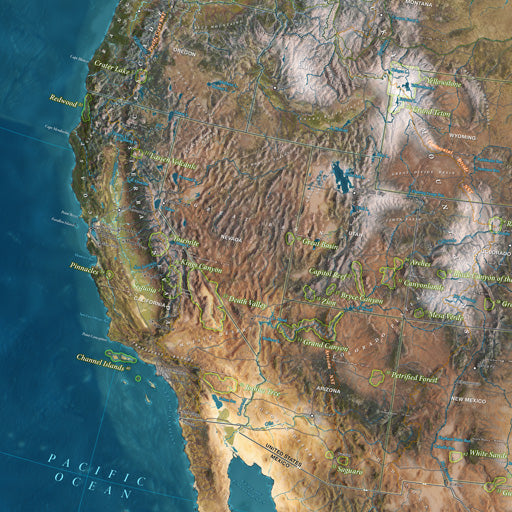
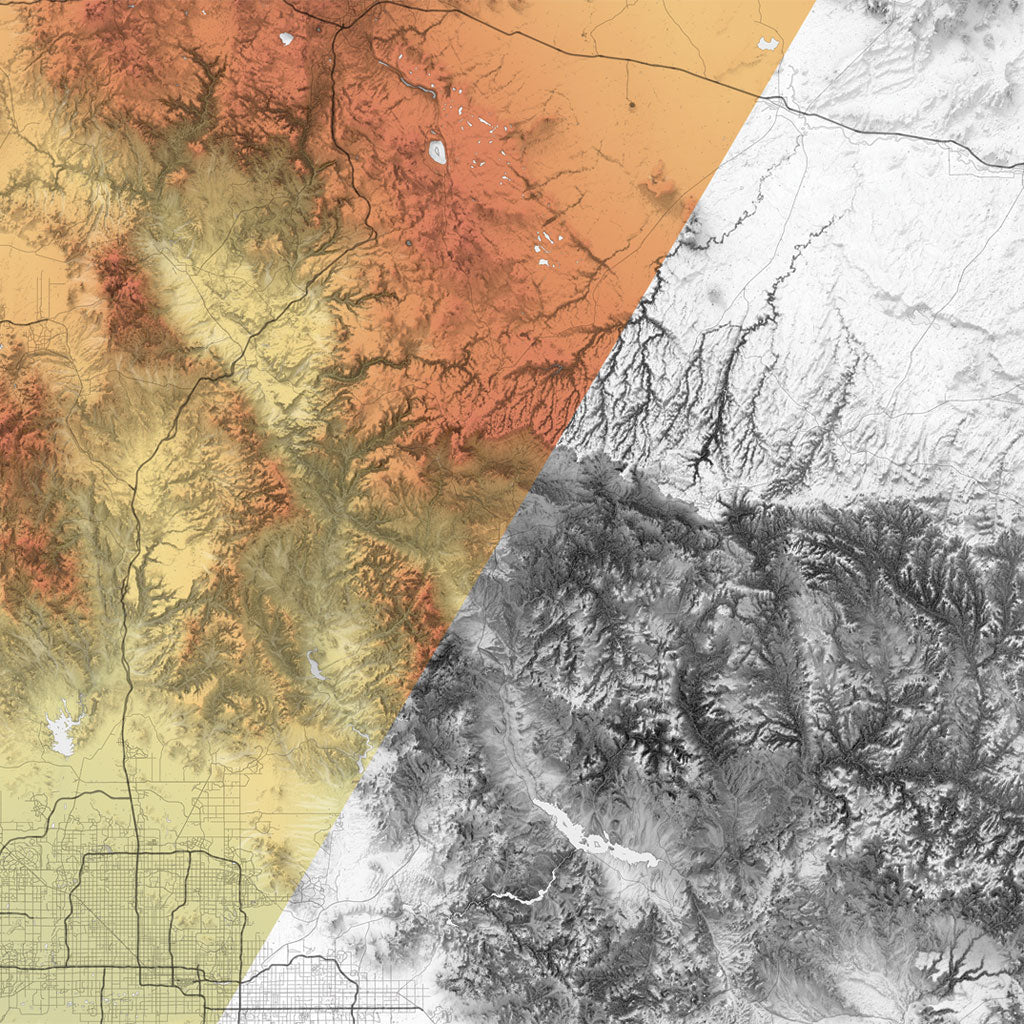


Comments
That’s really nice post. I appreciate your skills. Thanks for sharing.
Excellent summation of an epic journey!
Great article! It was great to get a better sense of the controversy and accomplishments of this explorer.
Sept 20th 2019 myself and 2 other boats will leave Seville Spain retracing Magellan’s route
https://www.facebook.com/ReturnToMagellan/